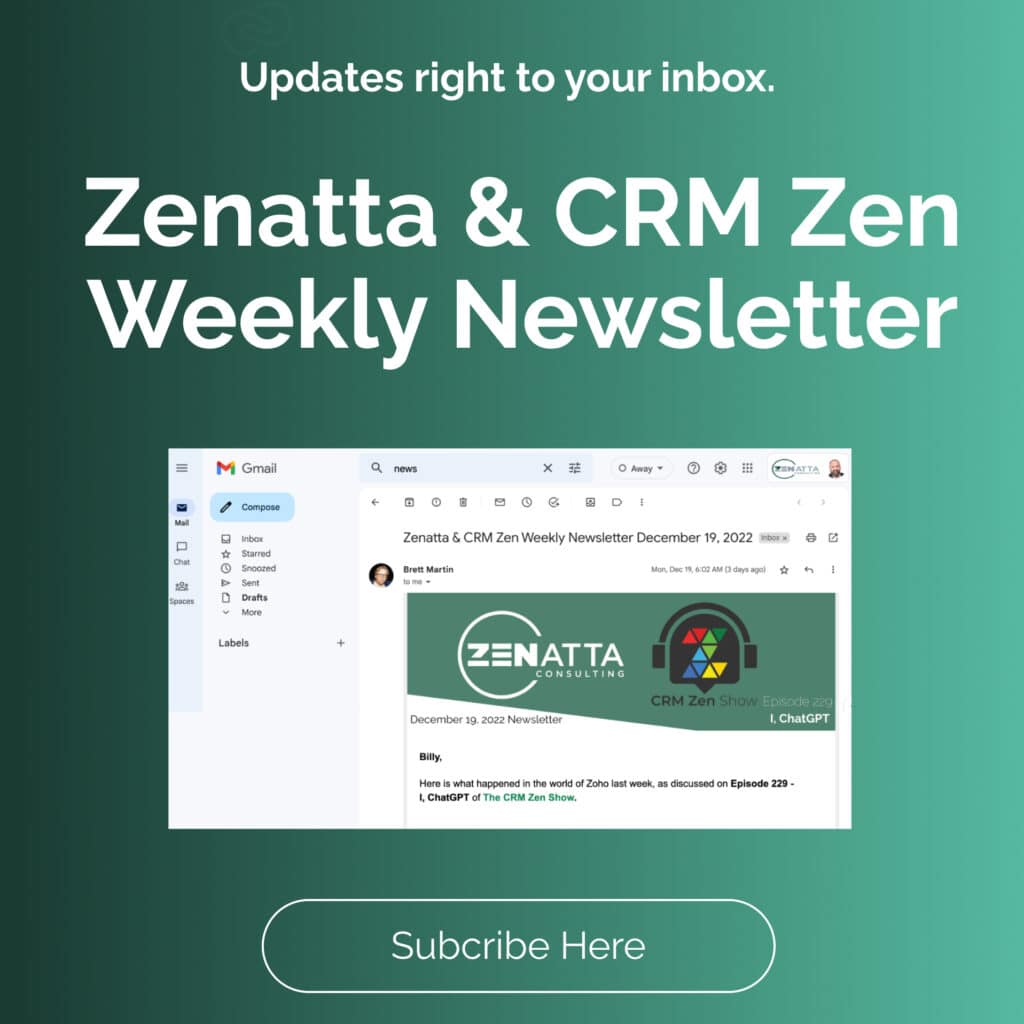Key performance indicators (KPIs) are a critical part of managing a team. In sales and marketing, KPIs determine bonuses and guide performance reviews. These KPIs are supposed to be proxies for success in your job: if you’re a salesperson, the more you sell, the better you’re doing. Unless, of course, your massive sales aren’t making enough to cover the cost of the product you’re delivering. Sales dollars alone can’t be used to track the effectiveness of salespeople: dollars of profit are much more relevant.
No indicator tells the whole story. There are exceptions to even the most obvious-sounding rule. You’re likely already tracking the essential KPIs for understanding and analyzing your business. But what else should be tracking? What are you missing? What part of the picture haven’t you seen? Here are five lesser-known key performance indicators your CRM should be tracking.
Help Desk Requests
If you’re selling tons of products but no one is tracking customer satisfaction, you can get an incorrectly positive view of your sales. If you track help desk requests, you can discover if certain products require more help than others, revealing opportunities for updated documentation, better training, or an interface change.
This way, you can fix the problem before you get a bad reputation. Track support requests and the time they require alongside dollars sold to a client, as well as the specific products they’re purchased.
Loss Rate by Sales Stage
Sales are, by nature, a volume enterprise. The more people you call, the more likely you are to make a sale. It’s not possible to sell to everyone you call, even with the most carefully qualified list of leads. Salespeople will always get duds or even fumble a deal, so attrition is expected.
While your organization likely tracks the ratio of successful to unsuccessful contacts, do you know where in the funnel those prospects actually die? Where in the funnel is the deal lost? If you find an unexpected pattern, you can address it by adjusting your sales process to solve problems that lead to attrition, address gaps in competency through training, or adjust your lead qualification routines to be more selective.
Lead Generation ROI
Most organizations have multiple strategies for generating leads. You likely use outbound strategies like advertising alongside inbound strategies like content marketing, sponsored reviews, and expert blogs. Both are necessary for a thriving business. But do you know which one makes you better money?
You should calculate your return on investment (ROI) based on the channel that referred the customer. Gang together everyone you earned through the same channels, subtract the costs required to run those channels, and you’ll be able to calculate your per-channel lead generation ROI for every channel you operate. The more detailed the data, the more flexibility you’ll have when analyzing the information.
Sales/Revenue by Device Type
What platform do you make the most sales on? Where do you make the highest dollar sales? What about volume purchases? Depending on the platform your customer uses to reach your website, the answers to those questions might be radically different.
Each company has its own specific metrics for tracking the type of device their customers use. They should track, at minimum, the operating system of the device and the size of the device’s screen. Some are more detailed than others, but all capture a key idea: the type of device a customer has tells you something about their purchasing behavior. By tracking devices based on media queries or even cookies, you can unearth valuable data.
Lead Response Time
This is an underrated KPI since it doesn’t seem critical at first. It tracks the time it takes your salespeople to respond to an inbound lead. While inbound leads can come from all levels of interest and urgency, a habit of routinely tabling inbound requests will only lead to fewer inbound requests over time. If someone reaches out with a question, your team should endeavor to answer them as quickly as their workload allows.


